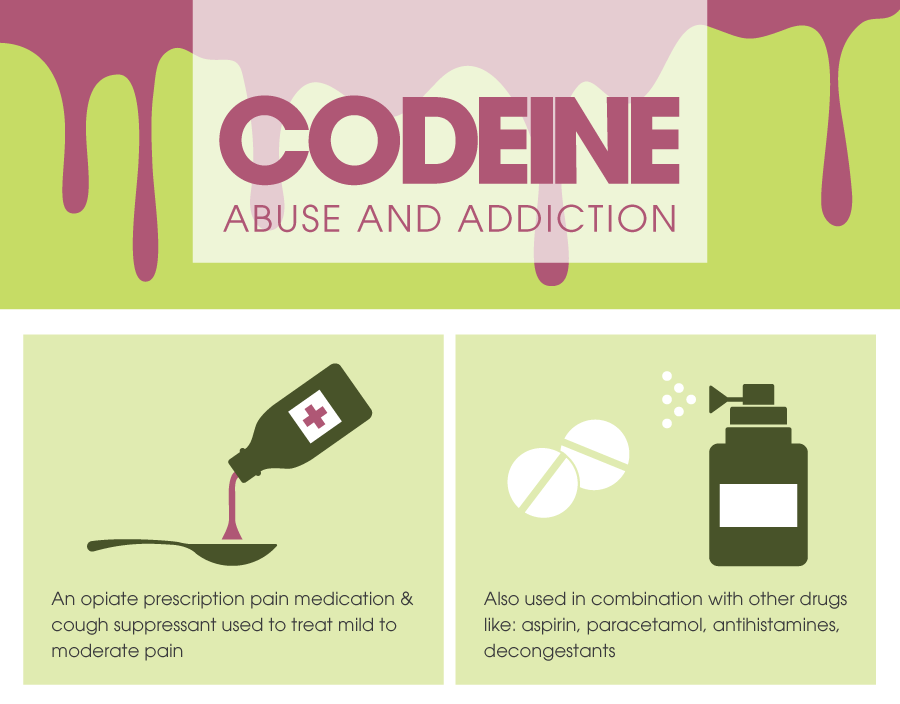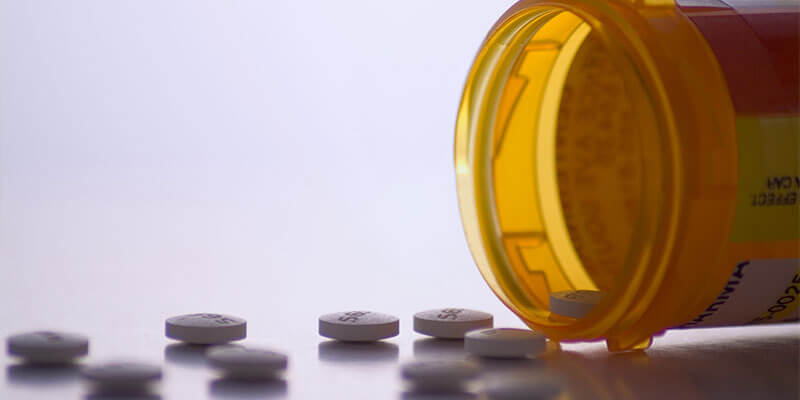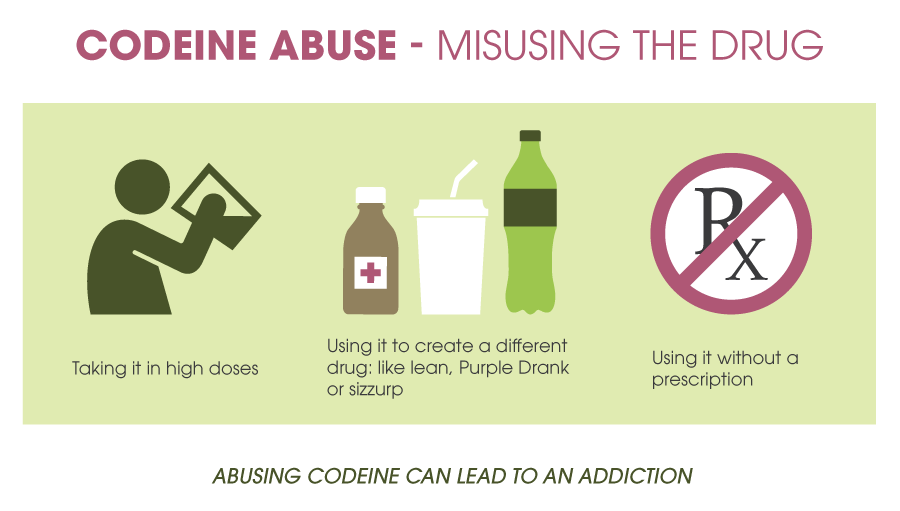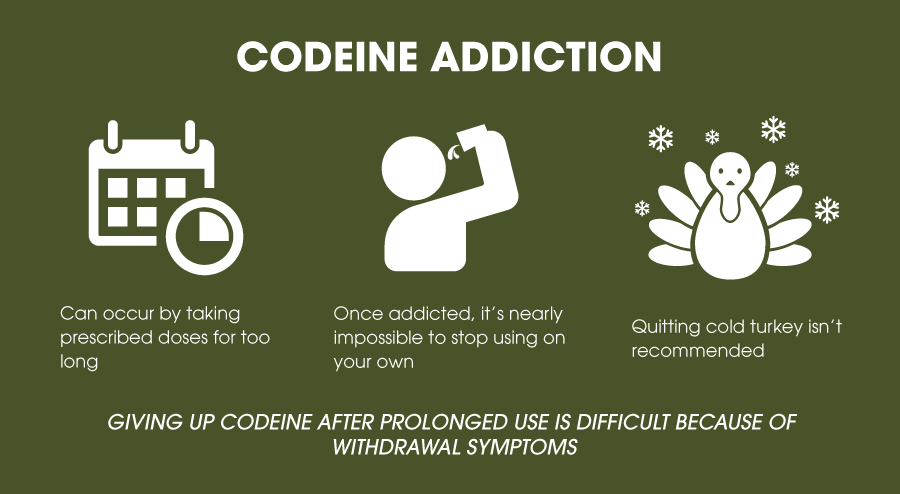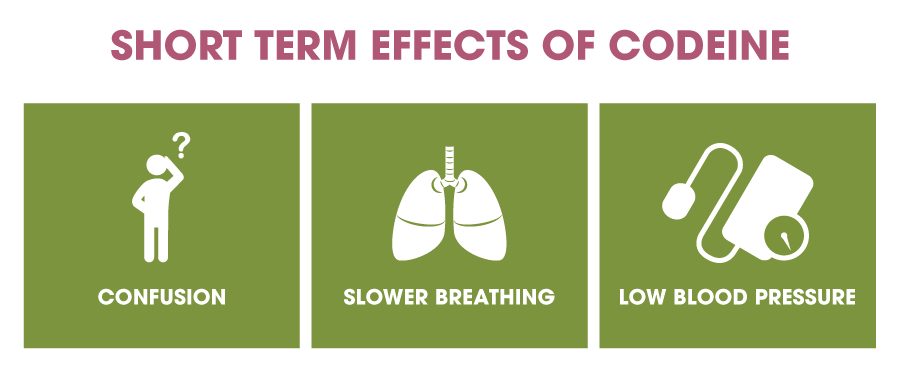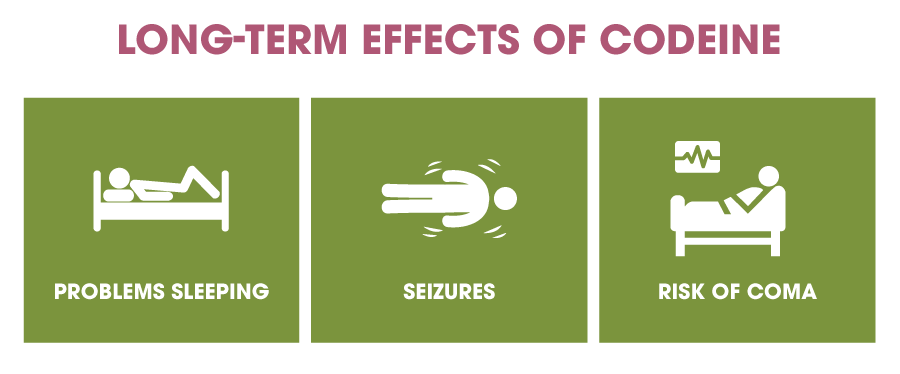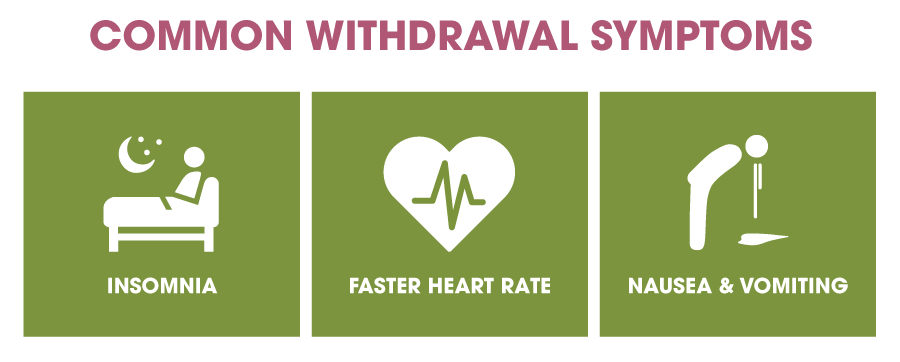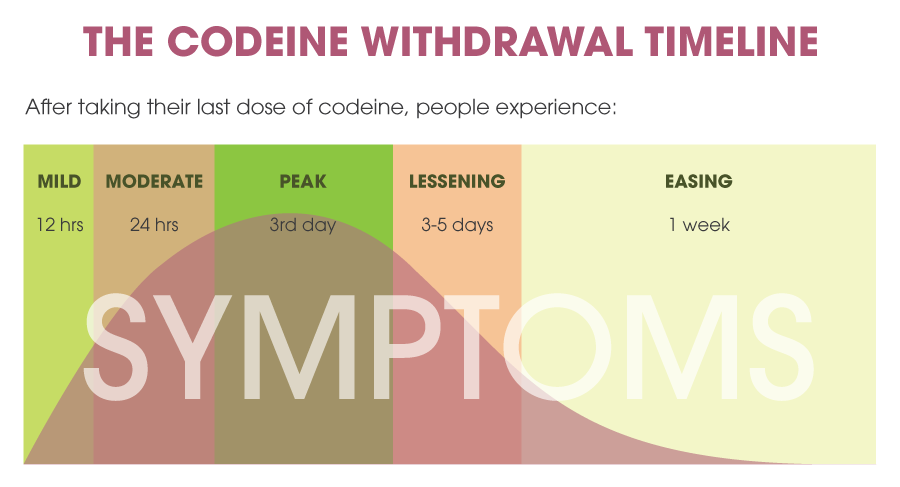Codeine is a very powerful drug that can produce a euphoric high at relatively small doses. In fact, you may be wondering, how many 30mg codeine pills will it take to get high? The answer is that it might not take that much at all.
People on the drug abuse forum at Bluelight explain the codeine high as being a warm and fuzzy feeling. This feeling is a pleasant one, and this is what leads people to frequently abuse the drug.
Typically, it would probably take more than 30mg of codeine to get high. However, you should be prepared for that amount to increase over time as tolerance to opioids can develop incredibly quickly. In fact, tolerance to this class of drugs can actually develop in as little as several hours (a condition called tachyphylaxis).
Similar to taking higher doses of other unassuming drugs like cough syrups or other OTC medications, abusing promethazine and codeine syrups can create a euphoric “buzz.”
However, users tend to describe this type of high differently from opioids on their own. Effuzion from Bluelight.org, for example, says, “I've drank tons of codeine + promethazine syrup and it's a different high than taking either of the two alone, different than just an opiate buzz.”
Others describe the high as being similar to an out-of-body experience attached to some mild euphoria and of course sedation.
Many promethazine codeine syrup abusers prefer to get high on the drug within a party or club setting. This is due in part to the drug’s rising popularity as a party drug in rap and pop culture.

